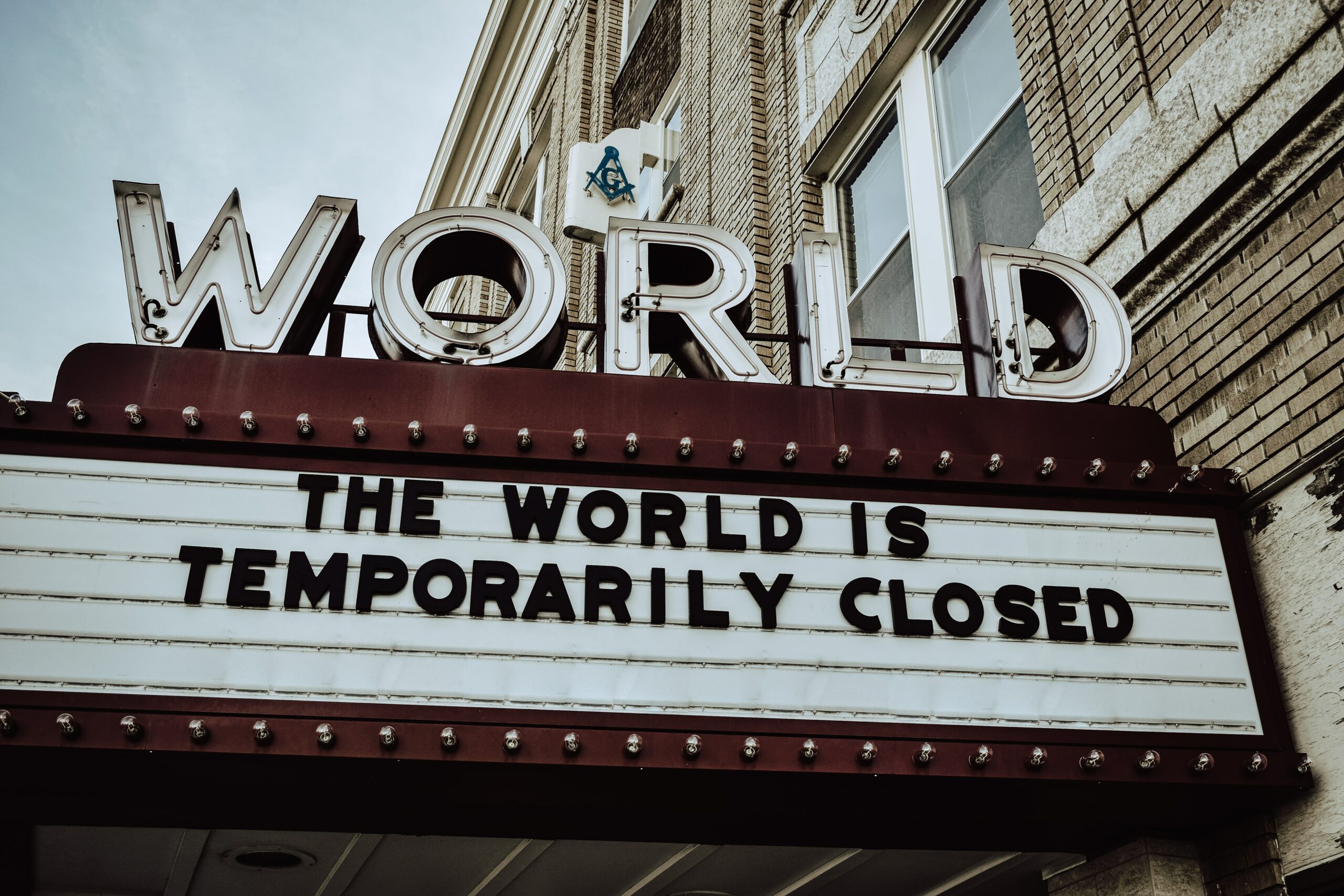
The COVID-19 pandemic reinforced the importance of customer experience, with savvy consumers becoming more likely to seek out new brands if they are unsatisfied with how their existing brands perform.
In a recent online discussion, Dan Gingiss, chief experience officer at The Experience Maker, and Nick Riggott, Country Sales Director UKISA for Mitel, agreed that the customer experience field has been through, as Riggott put it, “a pretty strange two or three years.”
Gingiss said the pandemic has brought a series of lessons that all who serve customers should heed.
“If the pandemic taught us anything,” he said, “it was that customer experience is really important. Because when we abandon our customers, or when we miss their expectations, it’s never been easier for them to find another place to do business.”
“Really, no matter what business we’re in: if we want to stream movies in a different place, if we want to go to a different dentist, if we want to go shop at a different store or eat at a different restaurant, it’s just not hard to do that,” Gingiss added.
Going forward, companies need to be better prepared for not only the next pandemic but also how a series of other potential world events, ranging from wars to climate disasters, will affect the experience they deliver.
“As the pandemic happened, we learned pretty quickly which companies were prepared and which companies weren’t,” Gingiss said. “I think now we have to be prepared for whatever is going to happen next…that to me is going to be something that is very top of mind for executives in pretty much every industry.”
Synchronous v. Asynchronous Communication
For Riggott, the events of the pandemic era have created what he called an “interesting balance” between “the physical – that office-based world – and the hybrid world, and what impacts that therefore has on customer experience.”
The enduring importance of hybrid work, he added, has given brands the chance to focus on the difference between synchronous communications – such as in-person meetings or Zoom calls that happen in real time – and asynchronous interactions that are unscheduled and generally occur with a time lag.
“You and I are having a conversation now, albeit a synchronous conversation in real time,” he told Gingiss. “But there is a big challenge in terms of the employee to deliver that service. How do you give them the ability to do what they need to do now, the synchronous and asynchronous, having to keep up with the communications and interactions that are coming in…do you think that could be a bit of a challenge?”
Gingiss responded that he considers asynchronous communications “a great opportunity” to build a better customer experience “because what your customers want is simple, fast and convenient. And so what is not simple, fast and convenient? Calling a customer service number, waiting on hold for 20 minutes, having to explain yourself multiple times, and then hoping the person can solve your problem.”
“When we get into the asynchronous channels like Twitter, direct messaging, or SMS or online chat,” he continued, “we can have a conversation that doesn’t necessarily require us to wait for an answer or sit on hold. I love going to Twitter direct message as my first channel of choice when I want to ask a question or have a complaint to a brand, because I can just type it out, and then go on with my day. I don’t need the answer right this second.”
Related: CX Rules Apply Even In A Pandemic
Brand Representatives Should Be Customers First
Riggott emphasized that the people who answer these queries for brands should think of themselves as customers – because, after all, everyone is a consumer at some point. “It’s a really interesting point: walking in the journey of the customer yourself,” he said. “But you’ve got to really commit to that as an organization if you really believe that customer experience is that differentiator…that all the individual stakeholders within an organization are engaged and committed and going to make sure that that happens.”
In his own life as a consumer, Riggott said, “most of the time, I just want the experience to be not bad. I don’t need it to be hugely absorbing, and this incredible sort of experience with any brand. I just want to get what I need, and I want to get it as easily and as quickly as possible.”
In addition to customer experience, companies should focus more on employee experience, Riggott and Gingiss agreed. The two are closely related, because happy employees will provide a better experience for customers.
“One of the things that we’ve seen here,” Riggott said, “is that an employer is looking for a great culture and looking to strive for what they perceive as being a great culture. But at the same time, you have employees who are looking for progression, and are looking to be able to make their way within the organization.”
Related: How To Respond To Customers And Employees During A Pandemic
The challenge for employers is to build a culture that supports employees and facilitates progression. Businesses that meet the challenge will do far better in the uncertain times to come than their peers.
This post was sponsored by Mitel, but the opinions belong to the interviewees and don’t necessarily represent Mitel’s positions or strategies. The webinar, entitled “Defining and Differentiating Your CX in 2023: What Are The Trends,” in its entirety, can be viewed here. Photo by Edwin Hooper on Unsplash.
